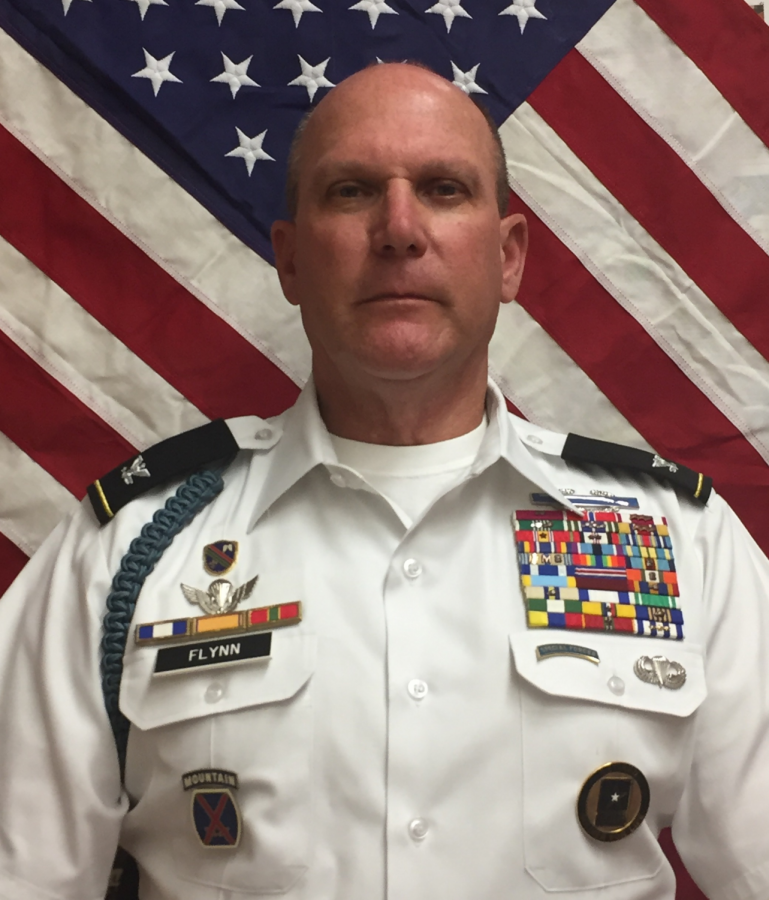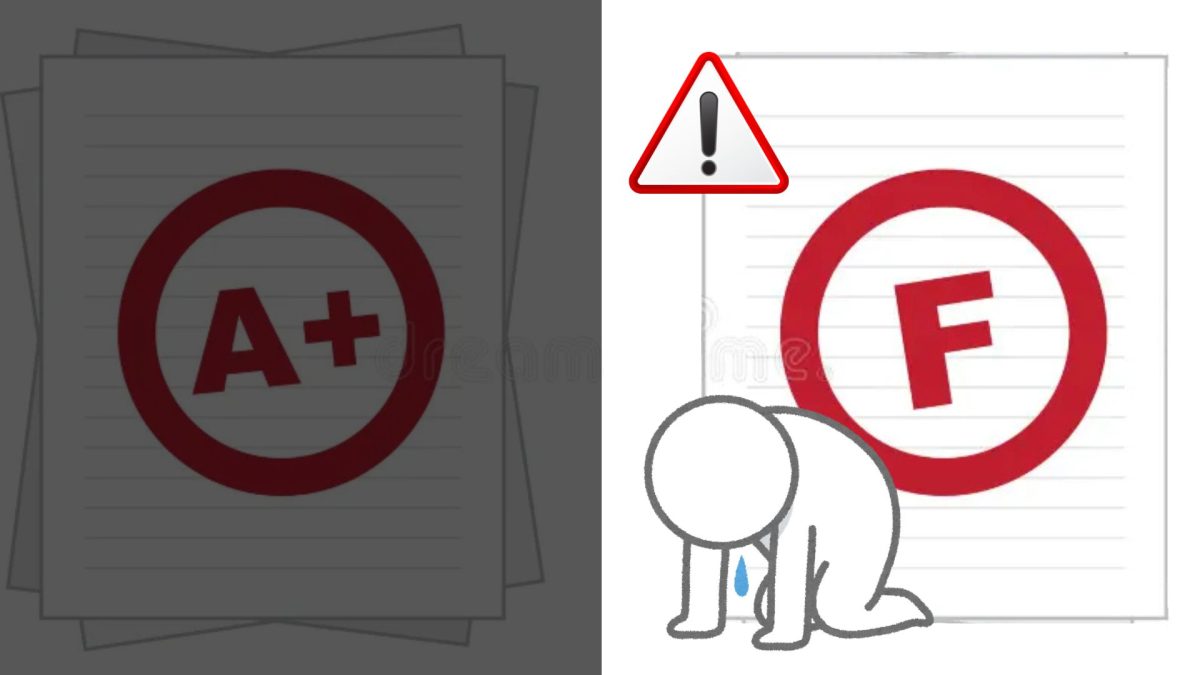COL(R) Andrew R. Flynn: What Makes Army Leadership Successful
“Many of our JROTC Cadets and VNHS students have asked me over my years assigned to the Van Nuys High School Army JROTC program why is the United States Army leadership so successful?”
Dec 17, 2019
Many of our JROTC Cadets and VNHS students have asked me over my years assigned to the Van Nuys High School Army JROTC program why is the United States Army leadership so successful? Successful leadership at all levels of command in the Army results in mission success in training or on the battlefield. Army leadership differs only from the civilian world in terms of lethality. Failure of leadership on the battlefield can result in death and injury. The stakes are indeed very high in the Army and that is why successful leadership is our major focus. The same leadership tenets that work successfully in the Army readily transfer to the civilian private and public sectors. First and foremost, leadership is a people business. Leaders in the military and the civilian world succeed or fail in how they influence their followers to a successful conclusion for the tasking they are assigned. Successful leaders in the Army are expected to provide the following to their subordinate Soldiers:
Army leadership always starts with Purpose, Direction & Motivation. Leaders are taught in the Army to explain in detail to their Soldiers the purpose of the mission they are assigned no matter how great or how small the tasking may be. The mission can be as small as cleaning out a maintenance building or as large as defeating Iraq on the battlefield. No matter the size of the mission, Soldiers are provided a purpose for what they are doing. Soldiers are not blind followers of orders. Leaders in the military never give an order without giving a reason. Leaders are required to give direction to their Soldiers for successful missions. Direction is provided in an oral or written form and is framed in a Who, What, Where, Why and How format. Direction will always fit the mission parameters communicated by the next higher headquarters. It can be very simple for small missions with simple oral directions provided to Soldiers. It can also be very complex with thorough written mission orders and rehearsals for large missions involving large numbers of Soldiers and equipment. Motivation is always provided to Soldiers and can be either positive or negative. Leaders in the Army are encouraged to positively appeal to a Soldier’s pride in successful mission accomplishment. Negative motivation based upon consequences is also utilized, however, it is not encouraged. Soldiers perform best when they can see value in what they are doing for their team and themselves.
Communication is key to successful leadership in the Army. Leaders in the Army utilize a Task, Purpose, Intent and Endstate methodology in communicating mission requirements. The guidance is provided in either an oral or a written format. The Task is stated succinctly with a clearly stated objective in a metrics based approach. The purpose is provided so the Soldiers know why they are performing the mission. An intent is provided to the Soldiers so they clearly understand the leader’s mind state in the mission to be performed. An Endstate is provided to the Soldiers so that they clearly understand what mission success should look like at the end. The best leaders provide this guidance narrowly, while allowing for broad ways for the Soldiers to accomplish the mission within the leader’s intent and endstate. The best leaders emphasize mission accomplishment with minimal to no micro-management of the Soldiers performing the mission. Soldiers are conditioned to be told what to do but not how to do it to enhance Soldier ownership of the mission.
Finally, the Army is unique among large organizations with the emphasis on values in everything we do. Mission accomplishment is always fused with a values based approach and expectation. We follow a rigid set of values that everyone in the Army is expected to follow. These values are not just words but a way of life in the Army. The seven Army values are Loyalty, Duty, Respect, Selfless Service, Honor, Integrity and Personal Courage. Leaders expect loyalty from their Soldiers and Soldiers expect loyalty from their leaders. It is a reciprocal approach that is demonstrated through team cohesiveness. Duty is performed by Soldiers in accomplishing the mission and duty is performed by the leader through their professionalism. Respect is earned by both the Soldiers and the leader through their shared striving for perfection in mission accomplishment and never settling for just good enough. Selfless Service is the glue that binds the leader and Soldier in their quest for successful mission accomplishment. It is incumbent on the leader to always base successful mission accomplishment on team success and never individual success. Leaders and Soldiers maintain their honor by always remembering that their unit and their nation is counting on them for successful mission accomplishment. Integrity is a shared expectation by the Soldiers and their leaders through their honest approach in accomplishing the mission. Personal courage is always expected by both the Soldiers and their leader during mission accomplishment. Personal courage can take the form of battlefield bravery or persistence in the face of non-lethal challenges.
In summary, the preceding is what makes Army leadership successful and is widely credited for making the United States Army the greatest Army that has ever existed. The rest of the world’s Armys are envious of our mission based culture, clear communication at all levels of the Army and the shared values that we follow while accomplishing our many and large, simple and complex missions.







